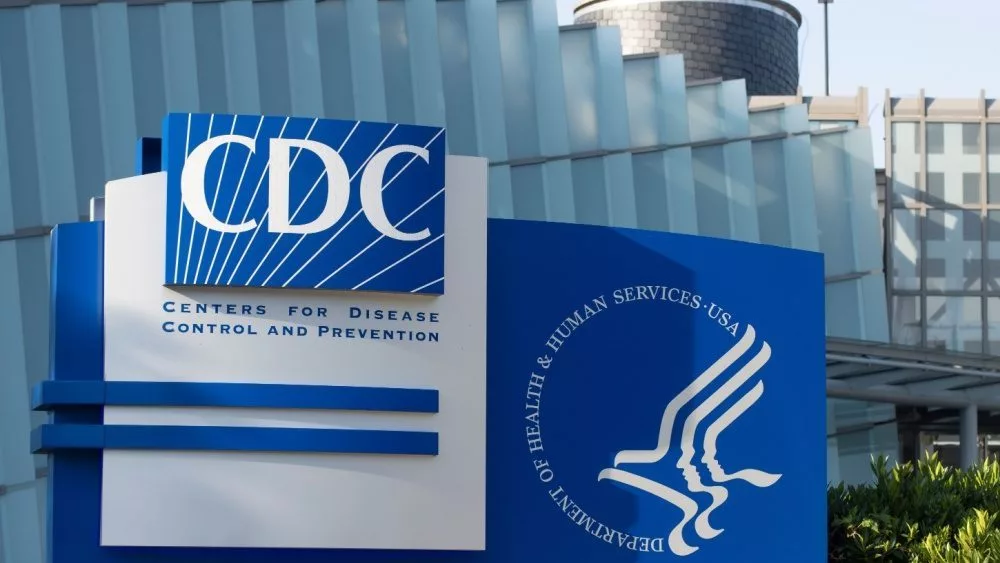
According to a new report published Tuesday by the Centers for Disease Control and Prevention (CDC), autism diagnoses continue to increase in the United States.
An estimated one in 31 8-year-olds was diagnosed with autism spectrum disorder (ASD) in 2022; while in comparison, 1 in 36 were diagnosed with ASD in 2020; and 1 in 150 children were diagnosed with autism in 2000. The report does not mean one in 31 children is living with the most severe cases of the disorder. Among children with ASD, fewer than 40% of children were classified as having an intellectual disability.
This statistic, drawn from an analysis of 2022 medical records, highlights the significant increase in autism diagnoses over the last 20 years. The CDC also reportedly found ASD was 3.4 times more prevalent among boys at 49.2 children per 1,000 compared to 14.3 children per 1,000.
ASD is a spectrum, which means symptoms vary by person: some need little support in their daily lives, and some may need a great deal of support in performing day-to-day activities. Some may have advanced conversation skills and others may be nonverbal. As for why autism rates are increasing, the reasons remain unclear and complex. While environmental and societal factors have long been investigated, most experts point to genetics as the most compelling explanation.
Health and Human Services Secretary Robert F. Kennedy Jr. has continued to suggest a link between vaccines and autism — particularly involving the measles, mumps, and rubella (MMR) vaccine — despite extensive research disproving any connection. The claim has been widely discredited but remains a factor in declining vaccination rates in the U.S.
Editorial credit: Tada Images / Shutterstock.com




